After more than 10 years of "having a relationship" with 100 horseshoe crabs, Mr. Quan is now the owner of a famous horsetail crab farm and horsetail crab farm in Can Tho city.
Mr. Tran Minh Quan is also the head of Quan Tien Crab Cooperative with 20 members, supplying the market with thousands of crab seeds and meat each year.

Every year, Mr. Tran Minh Quan, a farmer raising specialty animals in Tan Thanh hamlet, Nhon Nghia commune, Phong Dien district (Can Tho city), sells about 2,000 baby horseshoe crabs and about 2 tons of horseshoe crab meat, earning a profit of about 1 billion VND. Photo: Thu Hien - VNA.
Before 2011, Mr. Tran Minh Quan raised soft-shell turtles. However, after a few years of raising them, the price of soft-shell turtles became cheaper, and the soft-shell turtles often got sick, especially when they were young. Therefore, Mr. Quan was no longer interested in soft-shell turtles.
After being introduced by relatives, Mr. Quan tried raising horseshoe crabs. Horsetail crabs are wild animals, a type of reptile belonging to the turtle family that lives mainly in the river areas of the South.
The specialty - the horseshoe crab has a shape quite similar to a soft-shell turtle so it is also called the Southern soft-shell turtle.
However, the Southern soft-shelled turtle has the distinct characteristic of having two "nails" on either side of its head.
Horseshoe crab is a wild animal listed in the Vietnam Red Book. Individuals and organizations wishing to raise this rare wild animal must have a license.
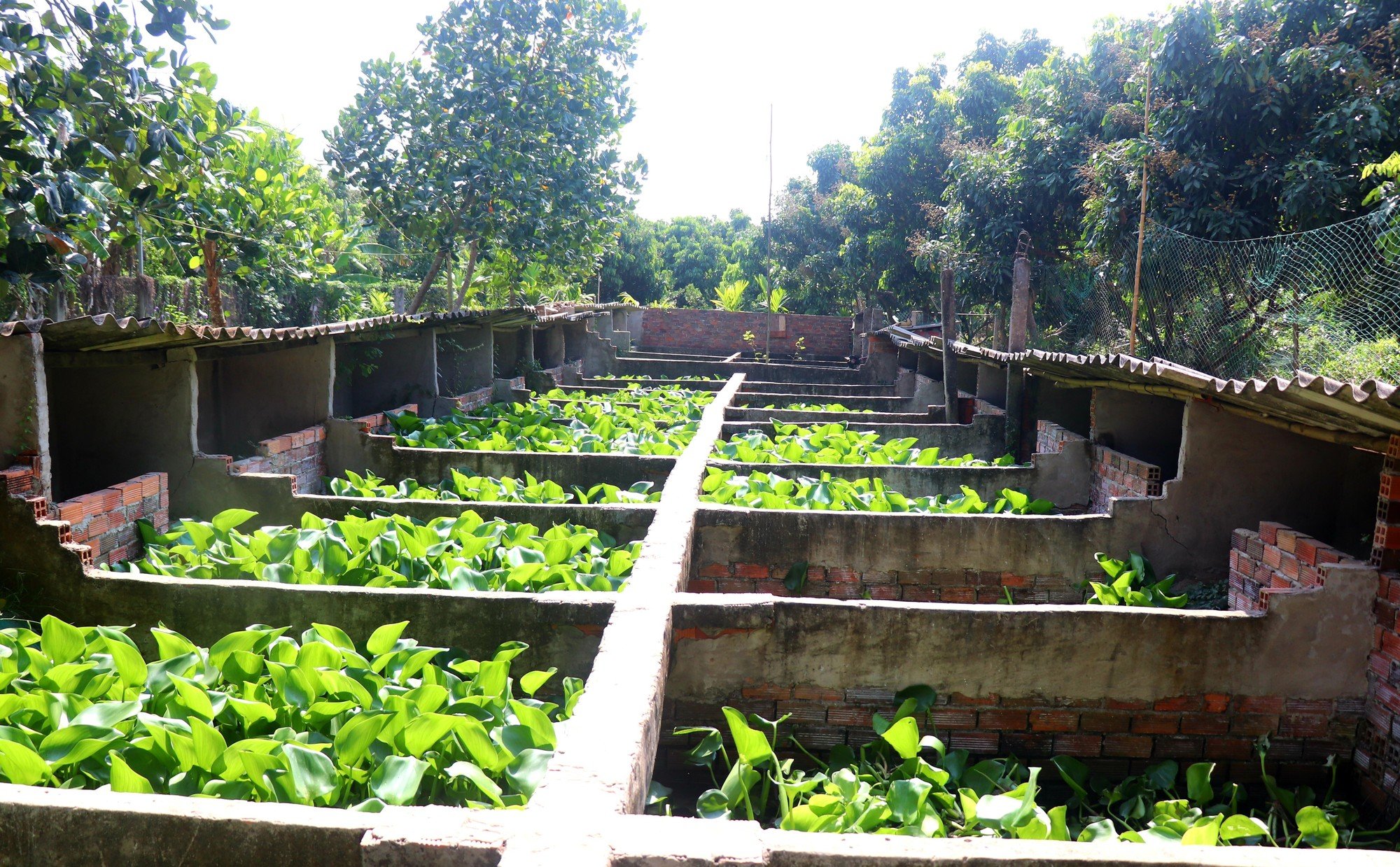
Quan’s family’s model of raising horseshoe crabs in cement tanks is divided into small compartments, each containing four female horseshoe crabs and one male horsetail crab, and a place for the horseshoe crabs to lay eggs. Photo: Thu Hien – VNA.
Sharing about the time he started his career in raising horseshoe crabs, Mr. Quan confided: "At that time, the family's economy was difficult, so my wife and I had to borrow 50 million VND to buy 100 horseshoe crabs to raise.
To have food for the horseshoe crabs and save money, Mr. Quan and his wife go catch snails and fish to feed the horseshoe crabs.
Thanks to his previous experience raising soft-shell turtles, Mr. Quan found that raising horseshoe crabs was easier and cost less in food, so he boldly started raising more breeds.
Now, Mr. Tran Minh Quan's family has 200 parent horseshoe crabs.
To breed horseshoe crabs in a cement tank, Mr. Quan divided the tank into small compartments, each with 4 female horseshoe crabs and 1 male horsehoe crab, and created a place for the horseshoe crabs to lay eggs.
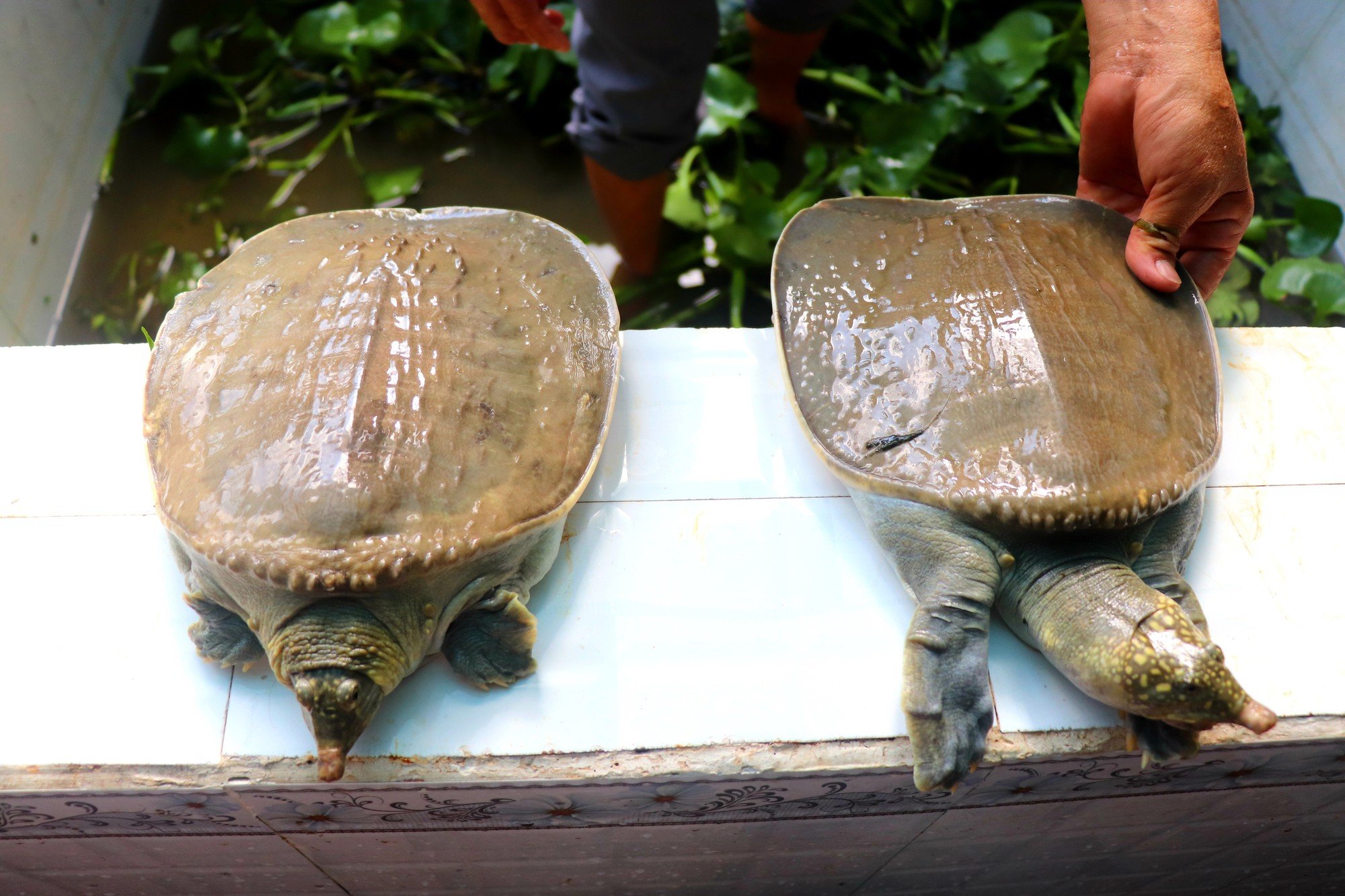
Horseshoe crabs raised for 2 years and reaching a weight of about 3kg can be sold as commercial horseshoe crabs. Horseshoe crabs are wild animals listed in the Red Book, so individuals and businesses wishing to raise this animal must obtain a license from the competent management agency. Photo: Thu Hien - VNA.
The breeding season of horseshoe crabs usually starts from December to July of the lunar calendar every year. Each year, the mother horseshoe crab lays 3-4 clutches of eggs, each clutch containing 8-15 eggs.
After collecting the eggs, Mr. Quan incubates them for 100 - 105 days until they hatch. The baby horseshoe crabs are then raised to over 60 days old and sold as breeding stock.
According to Mr. Quan, horseshoe crabs are only sold when they are more than 60 days old because this will limit disease and avoid losses for farmers. Each year, Mr. Quan sells 2,000 horseshoe crabs to the market at a price of about 350,000 VND/each. Customers come from many provinces and cities across the country.
In addition to raising horseshoe crabs in cement tanks and selling crab seeds, Mr. Quan also invested in ponds to raise horseshoe crabs for meat to supply the market.
Currently, every day in Mr. Quan's pond there are always 300 - 400 horseshoe crabs available for sale to customers. On average, each year Mr. Quan earns about 1 billion VND from selling juveniles and horseshoe crabs.
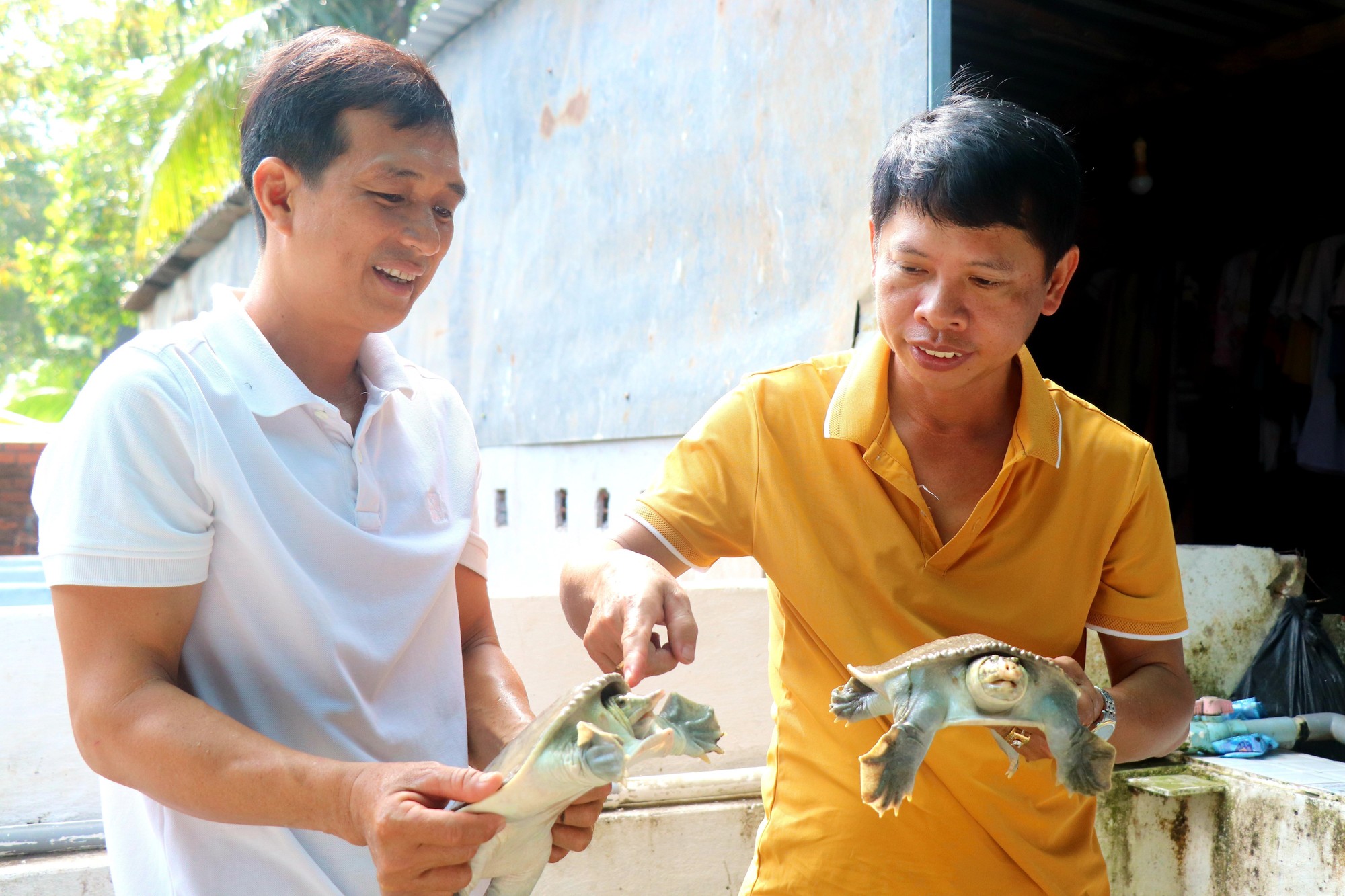
Mr. Tran Minh Quan (in white shirt) gives technical instructions to people who want to raise horseshoe crabs. Photo: Thu Hien - VNA
Realizing that Mr. Quan's crab farming brought high economic efficiency, many neighboring households also bought the young crabs to raise and were enthusiastically instructed by Mr. Quan on farming techniques. At the same time, Mr. Quan also guaranteed the output for crab farmers.
Thanks to its large volume and high selling price, when successfully raised, horseshoe crabs can bring high profits, especially when farmers produce their own breed. Raising horseshoe crabs not only meets market demand but also increases farmers' income.
Realizing that raising horseshoe crabs costs little in terms of food and is profitable, in addition to growing durian, Mr. Tran Van Sau, Nhon Nghia commune, also raises horseshoe crabs to increase his income.
Having raised horseshoe crabs for 3.5 years with 150 young crabs, Mr. Sau said that in a few days he will sell about 50 horseshoe crabs weighing from 4 - 7 kg to cover the cost of expanding the breeding pond for horseshoe crabs.
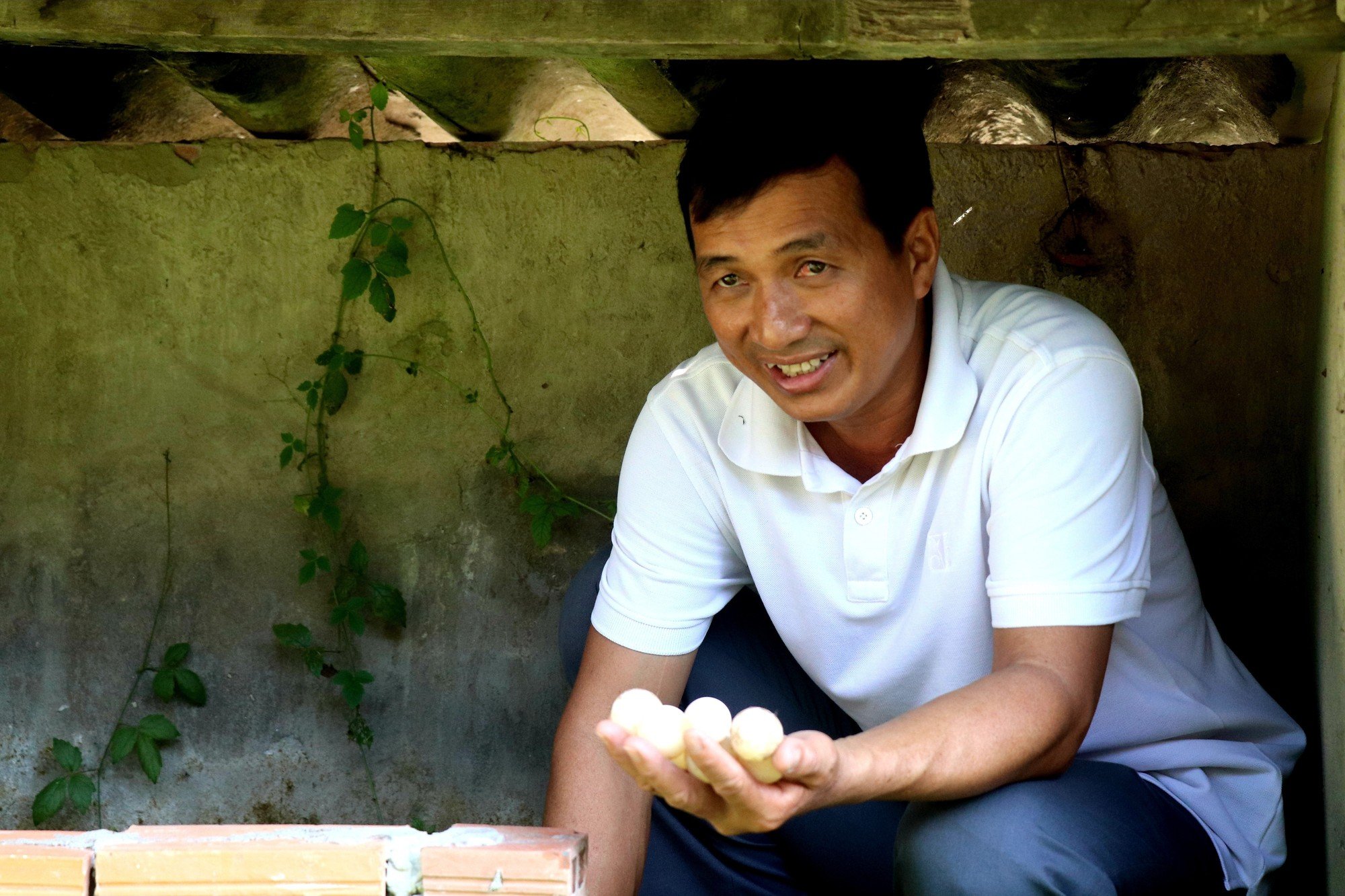
Each year, a mother horse crab lays 3-4 clutches of eggs, each clutch containing about 8-15 eggs. Photo: Thu Hien - VNA
With the crabs about to be sold at 400,000 VND/kg, Mr. Sau calculated that he would earn more than 100 million VND. The money from selling the crabs this time has helped him buy the crab seeds and feed for the past 3.5 years.
"The remaining 100 crabs are the profit. These crabs will be raised as parents for breeding or for sale," said Mr. Sau.
According to Mr. Sau, horseshoe crabs only need to be fed twice a day (morning and afternoon) with snails, duck intestines, and tilapia. When horseshoe crabs are still small (about 2cm), the water must be changed every day.
If the horseshoe crab has been raised for 2 months or more, the water should be changed every 2-3 days. When the horseshoe crabs are grown, the water should be changed every 1-2 weeks.
The first year the horseshoe crab grows slowly but grows rapidly in the following years. After about 2 years of raising, the horseshoe crabs will reach a weight of about 3kg and can be sold for 400,000 VND/kg. If the horseshoe crabs are raised as parents, they will start to reproduce after 3 years.
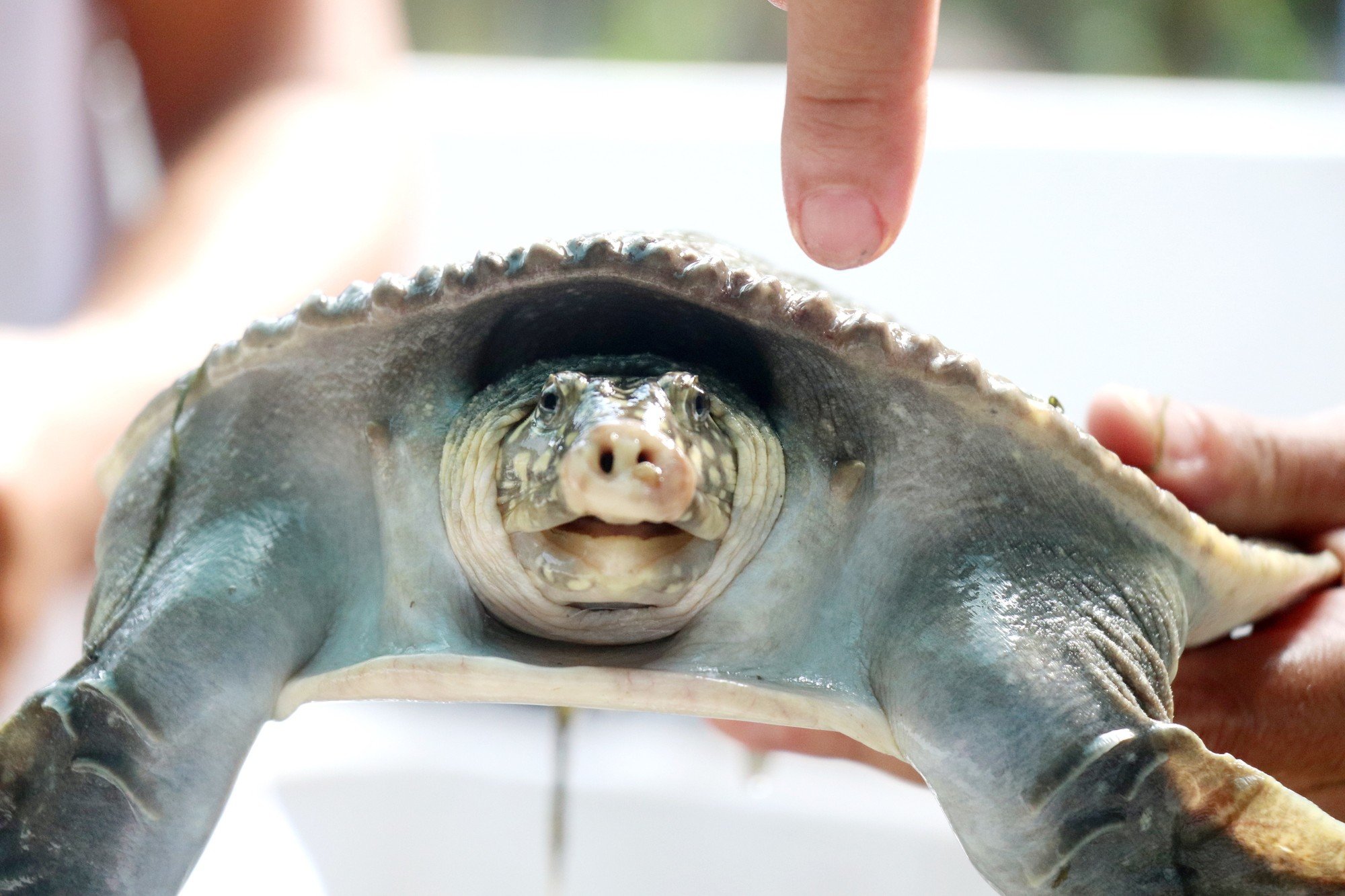
The horseshoe crab is a wild animal and a reptile belonging to the turtle family that lives mainly in the river areas of the South and has a shape quite similar to a soft-shell turtle, so it is also called the Southern soft-shell turtle. The Southern soft-shell turtle has a distinctive feature of 2 "nails" on both sides of its head. Photo: Thu Hien - VNA
From the effective replication of the horseshoe crab farming model, in 2023, the Farmers' Association of Nhon Nghia commune mobilized 20 horseshoe crab farming households to establish the Quan Tien horseshoe crab Cooperative.
With a total farming area of about 5,000 square meters, Quan Tien Crab Cooperative currently supplies the market with about 4,000 crab seeds and 4 tons of crab meat.
According to Director of the Cooperative Tran Minh Quan, the current quantity of horseshoe crabs and meat of the cooperative is still not enough to meet the market demand, especially in Hanoi .
Crab meat is rich in nutrients and can be used to make many delicious dishes: stir-fry, cook with fermented rice, steamed with ginger... In order to diversify products and meet market demand, the Cooperative also freezes crab meat to serve small and retail customers at a price of 800,000 VND/kg.
In addition, the Director of the Cooperative also invested in a pond to "store" commercial horseshoe crabs collected from Cooperative members to meet customer orders.
Up to now, Can Tho city has 170 agricultural cooperatives, only Nhon Nghia has a cooperative raising horseshoe crabs.
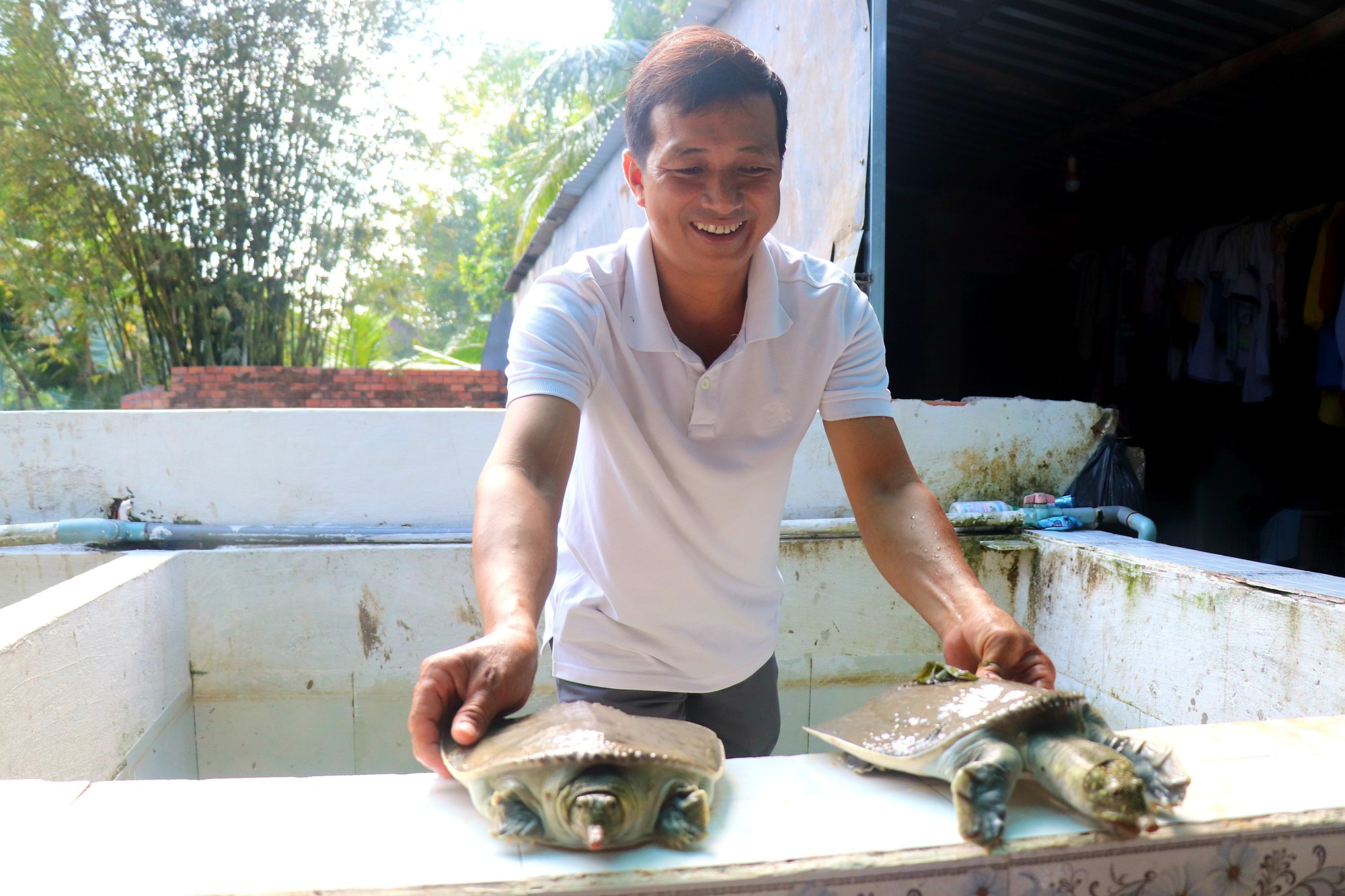
Thanks to its large volume and high selling price, when successfully raised, horseshoe crabs can bring high profits, especially when farmers produce their own breed. Photo: Thu Hien - VNA
Commenting on the economic efficiency that horseshoe crabs bring to farmers, according to Mr. Tran Thanh Hieu, Chairman of the Farmers' Association of Nhon Nghia Commune (Phong Dien District, Can Tho City), raising horseshoe crabs does not require much space and time, is cheap, and easy to raise. For households with small land areas, horseshoe crabs - a high-economic specialty - can still be raised.
According to the current assessment, the market still has a lot of potential for horseshoe crabs. Therefore, the Farmers' Association will continue to mobilize the number of members raising horseshoe crabs to increase the output of horseshoe crabs to meet market demand.
Source: https://danviet.vn/con-cua-dinh-dong-vat-hoang-da-sach-do-nguoi-can-tho-nuoi-thanh-cong-ban-400000-dong-kg-20240827223357582.htm


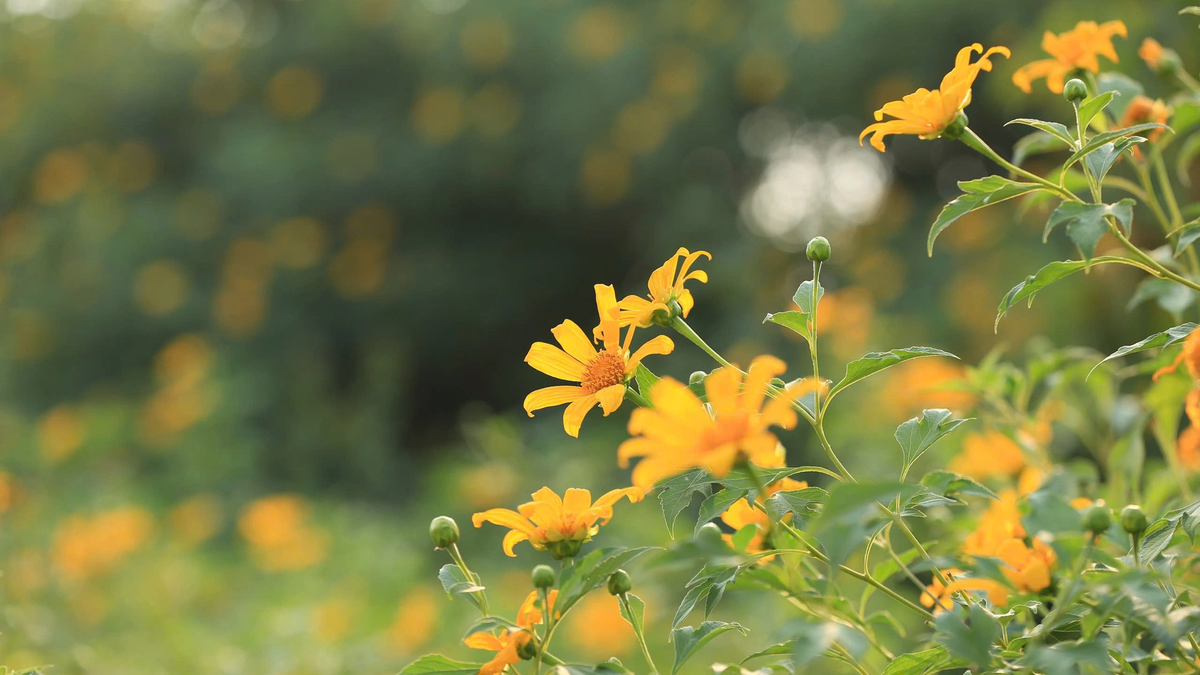
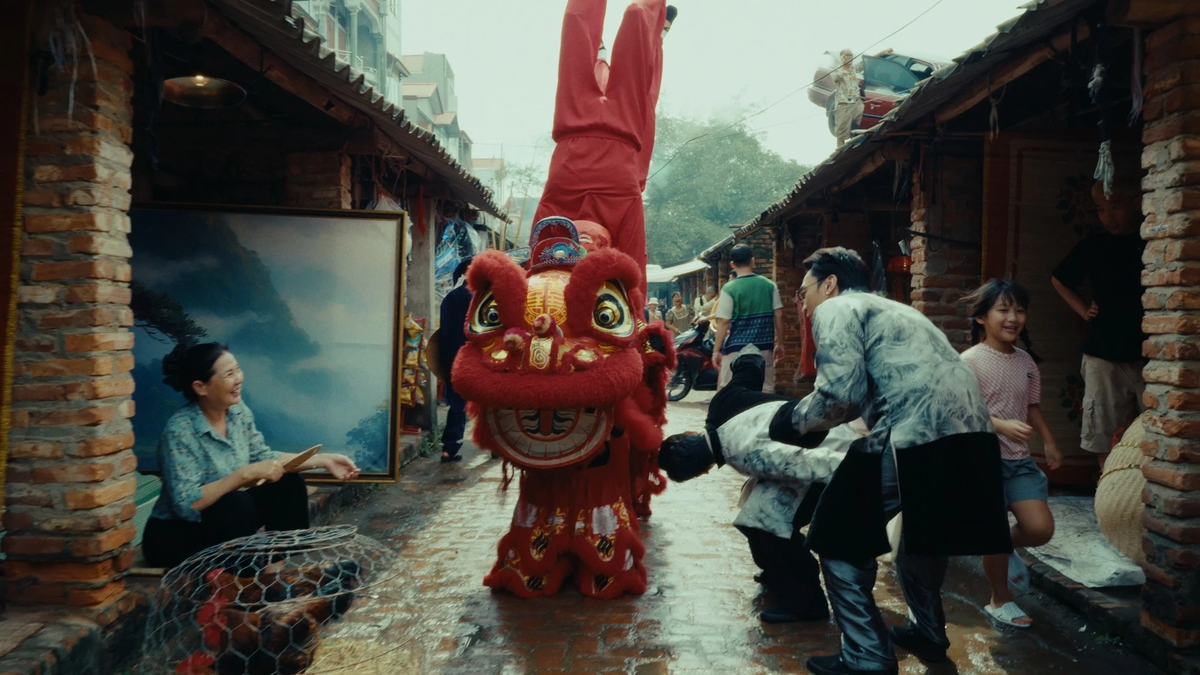
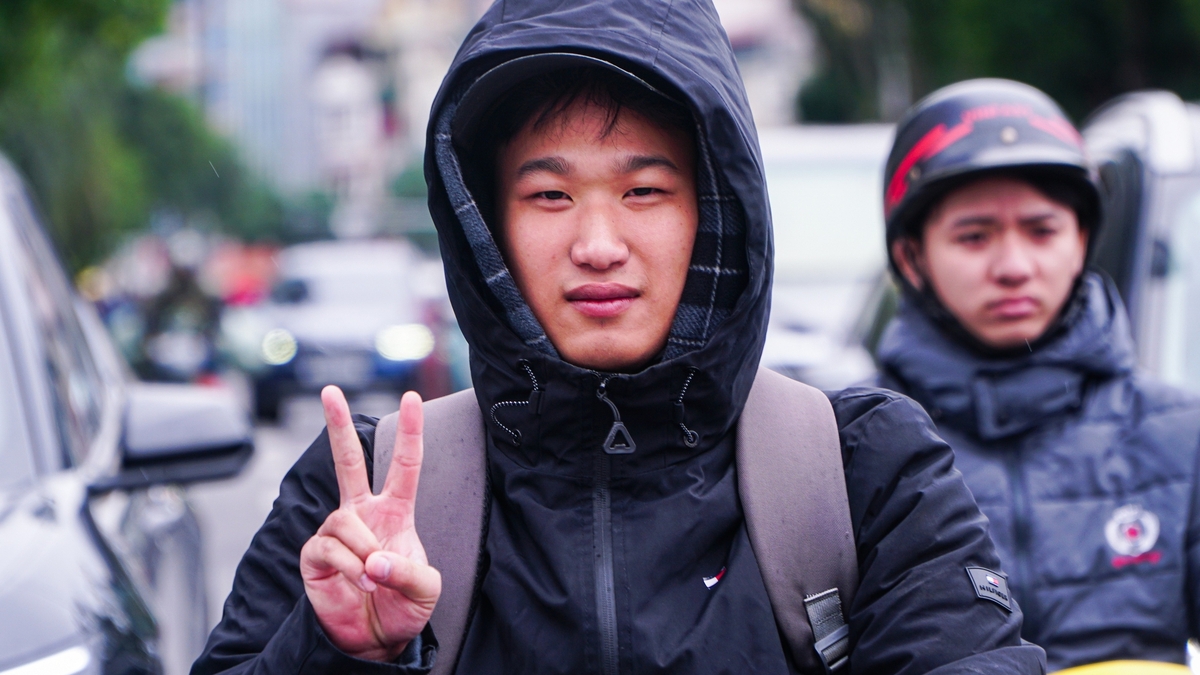

![[Photo] The Standing Committee of the Organizing Subcommittee serving the 14th National Party Congress meets on information and propaganda work for the Congress.](https://vphoto.vietnam.vn/thumb/1200x675/vietnam/resource/IMAGE/2025/11/19/1763531906775_tieu-ban-phuc-vu-dh-19-11-9302-614-jpg.webp)





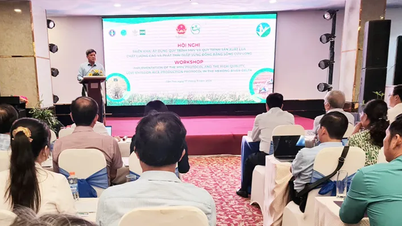

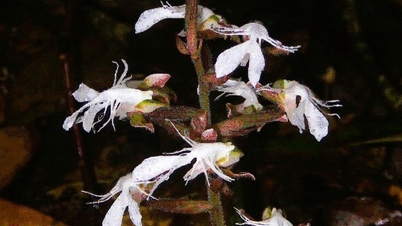

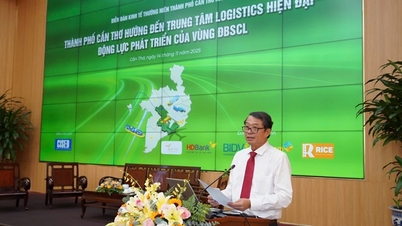



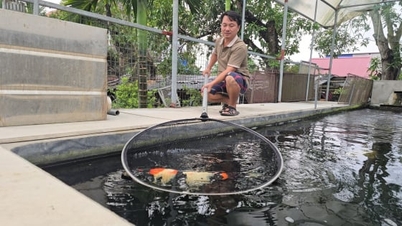

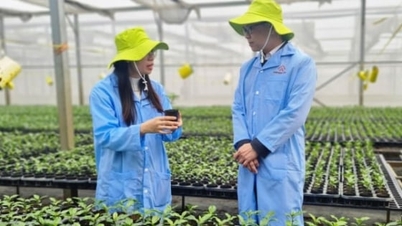
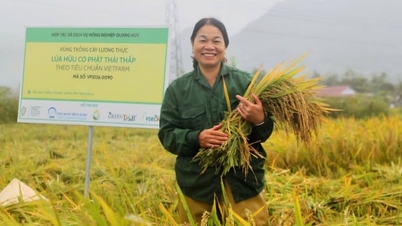
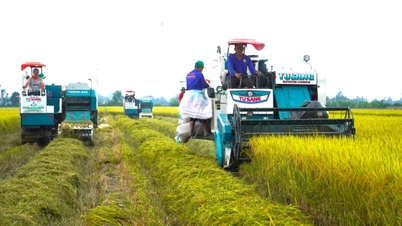
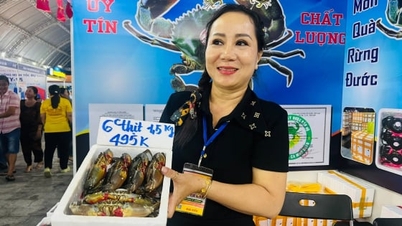
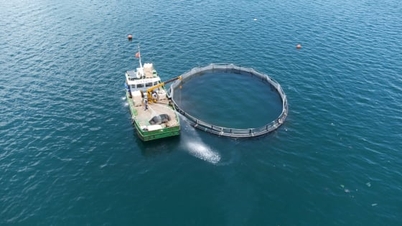



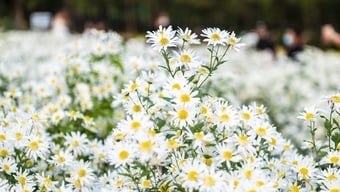

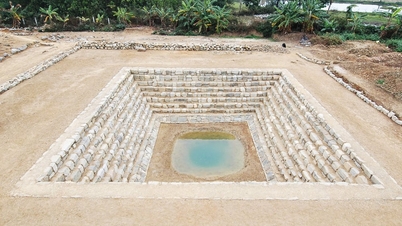
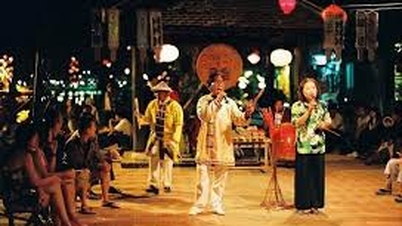
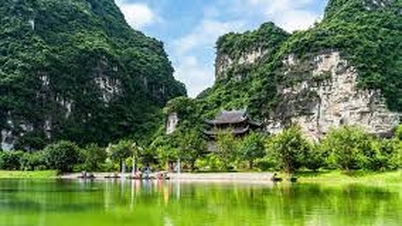
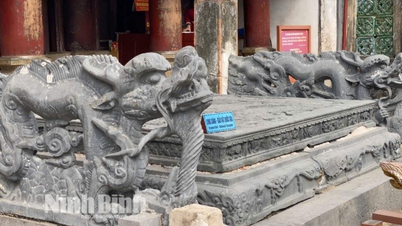

![[Photo] Prime Minister Pham Minh Chinh and his wife meet the Vietnamese community in Algeria](https://vphoto.vietnam.vn/thumb/1200x675/vietnam/resource/IMAGE/2025/11/19/1763510299099_1763510015166-jpg.webp)










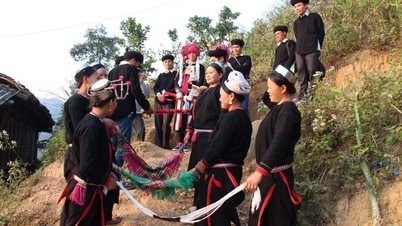

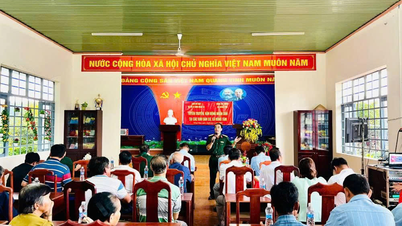



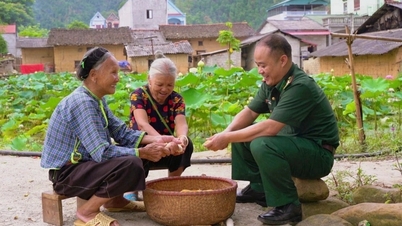






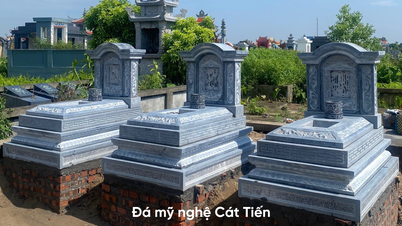



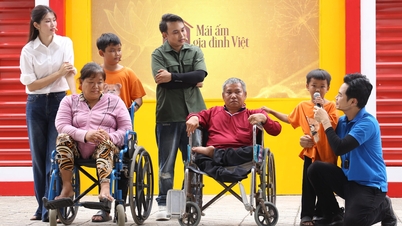
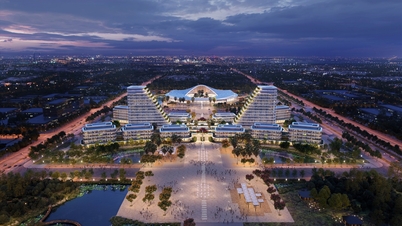
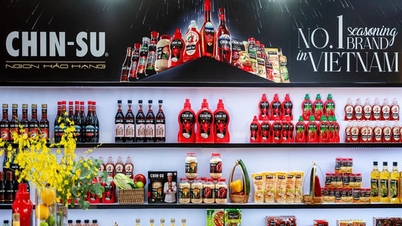


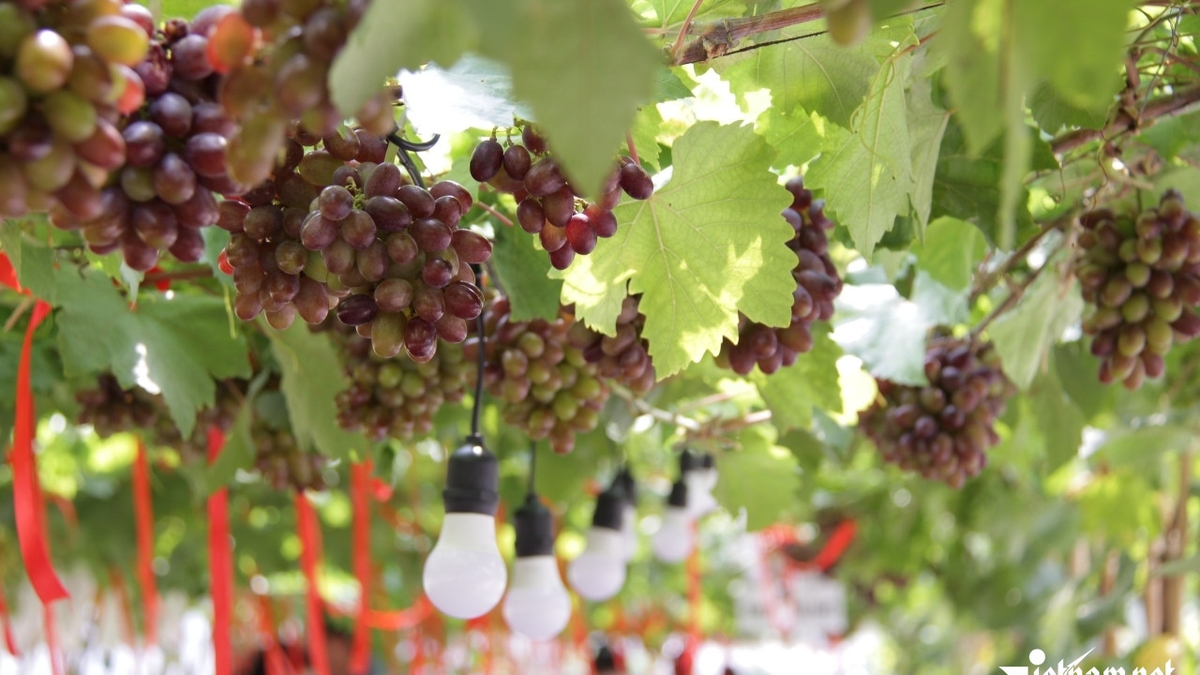
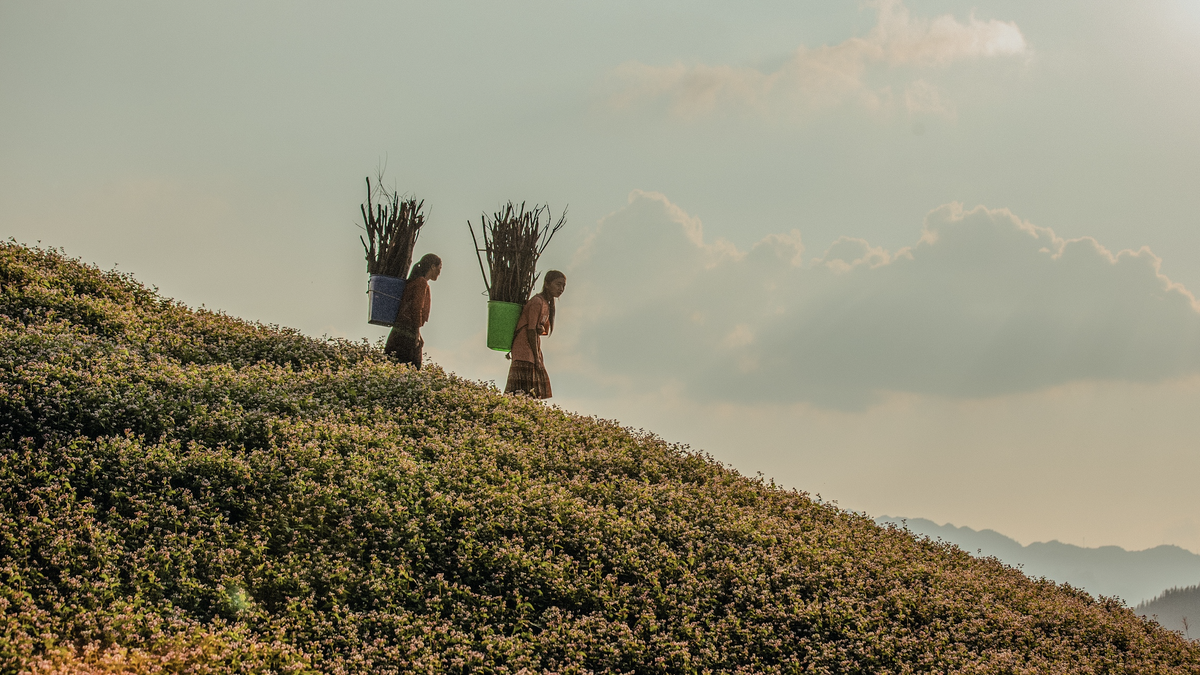

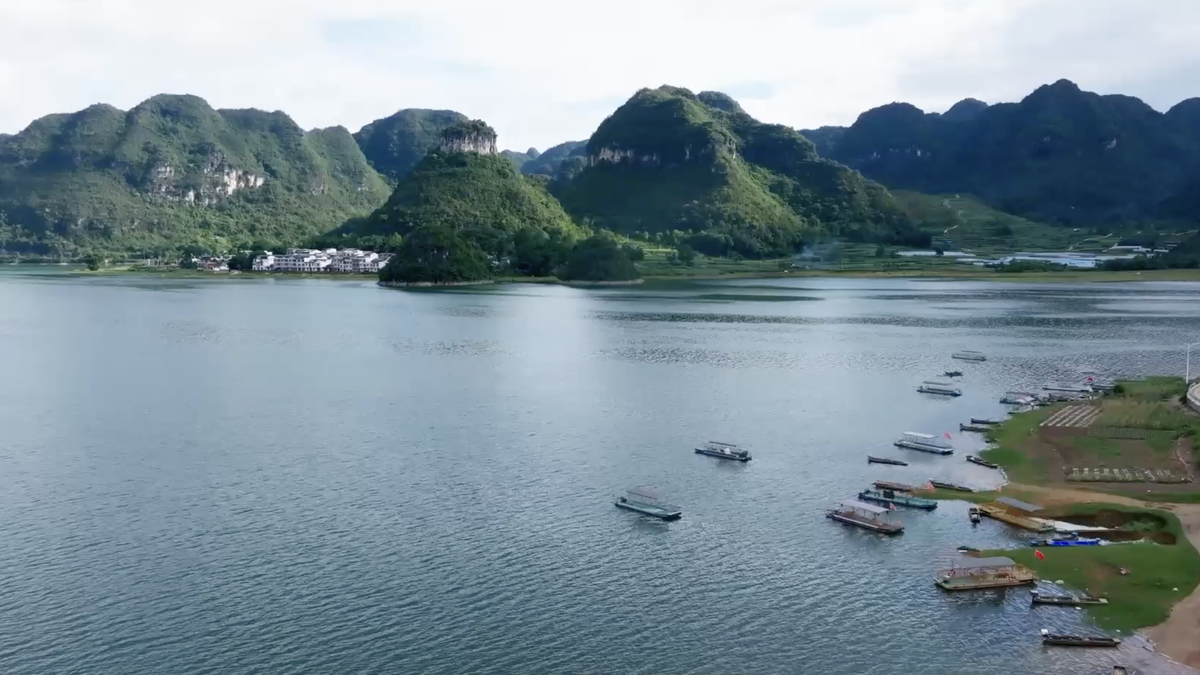
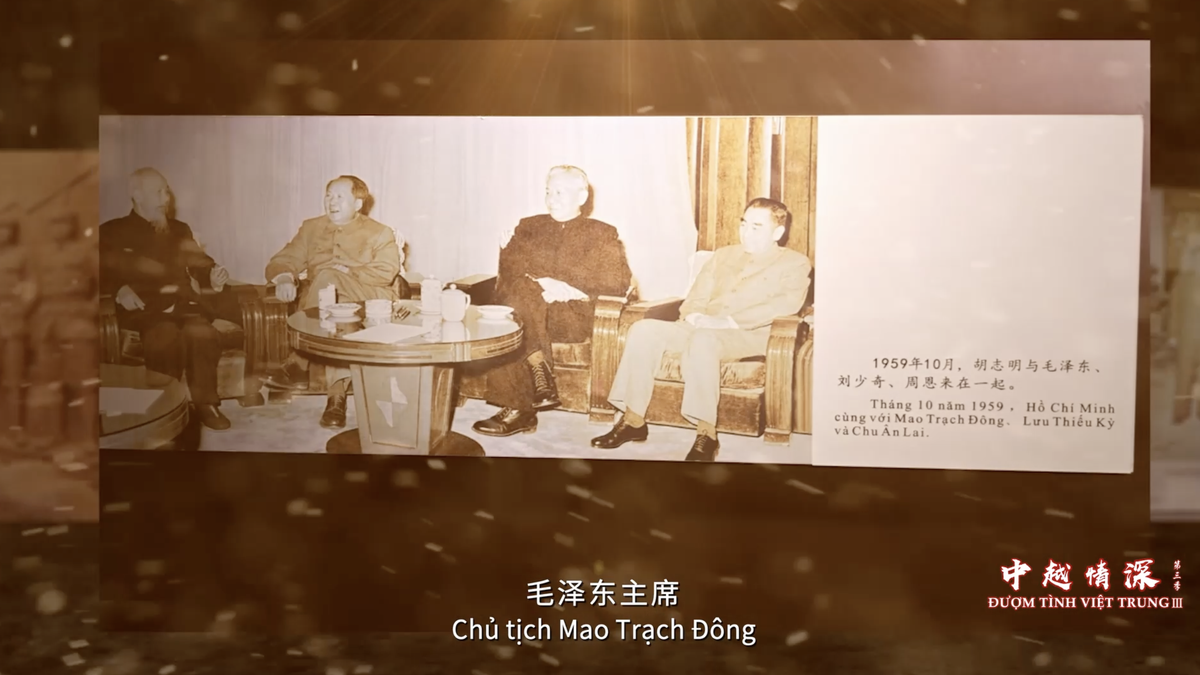




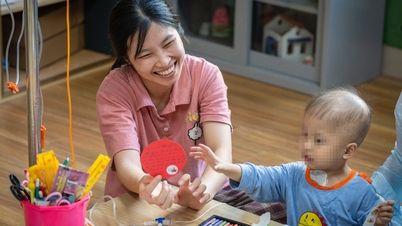







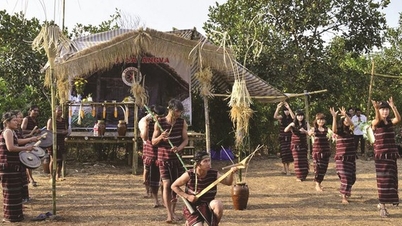



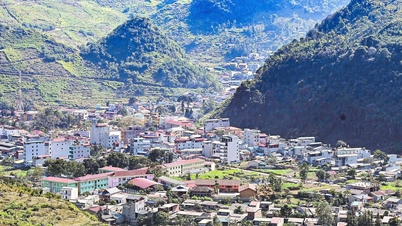

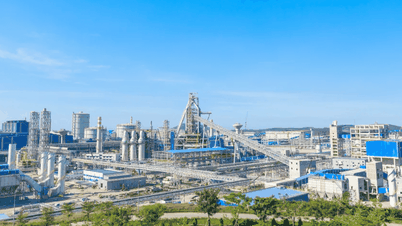


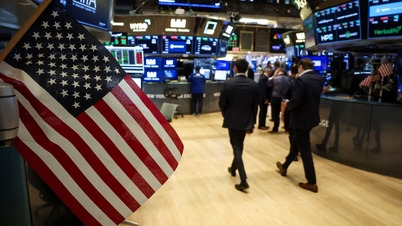

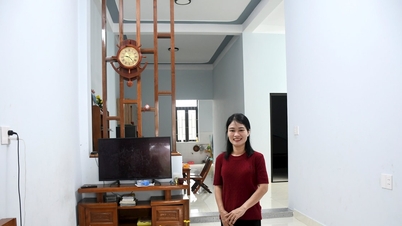
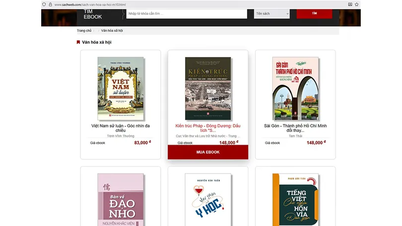
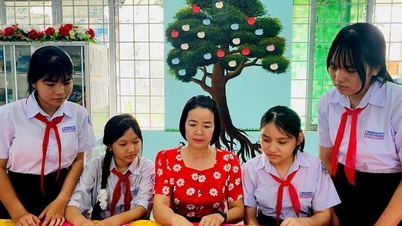

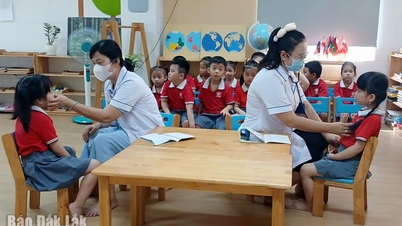
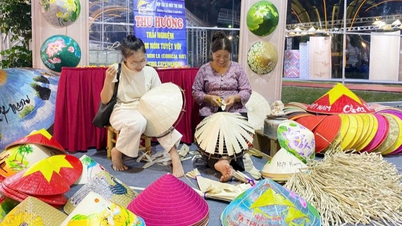
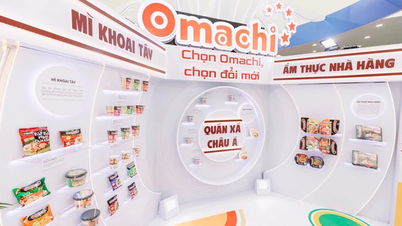


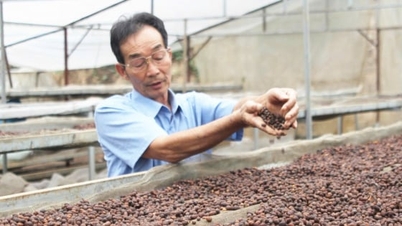

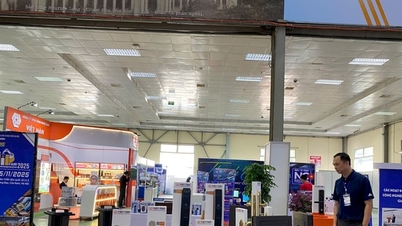




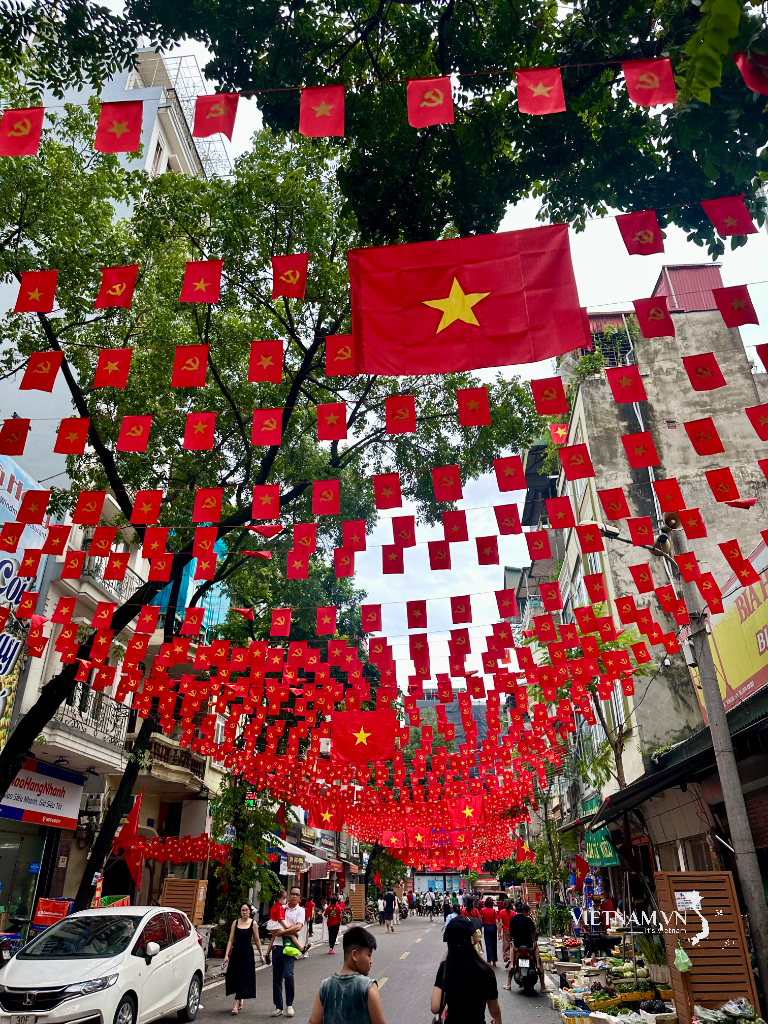
Comment (0)